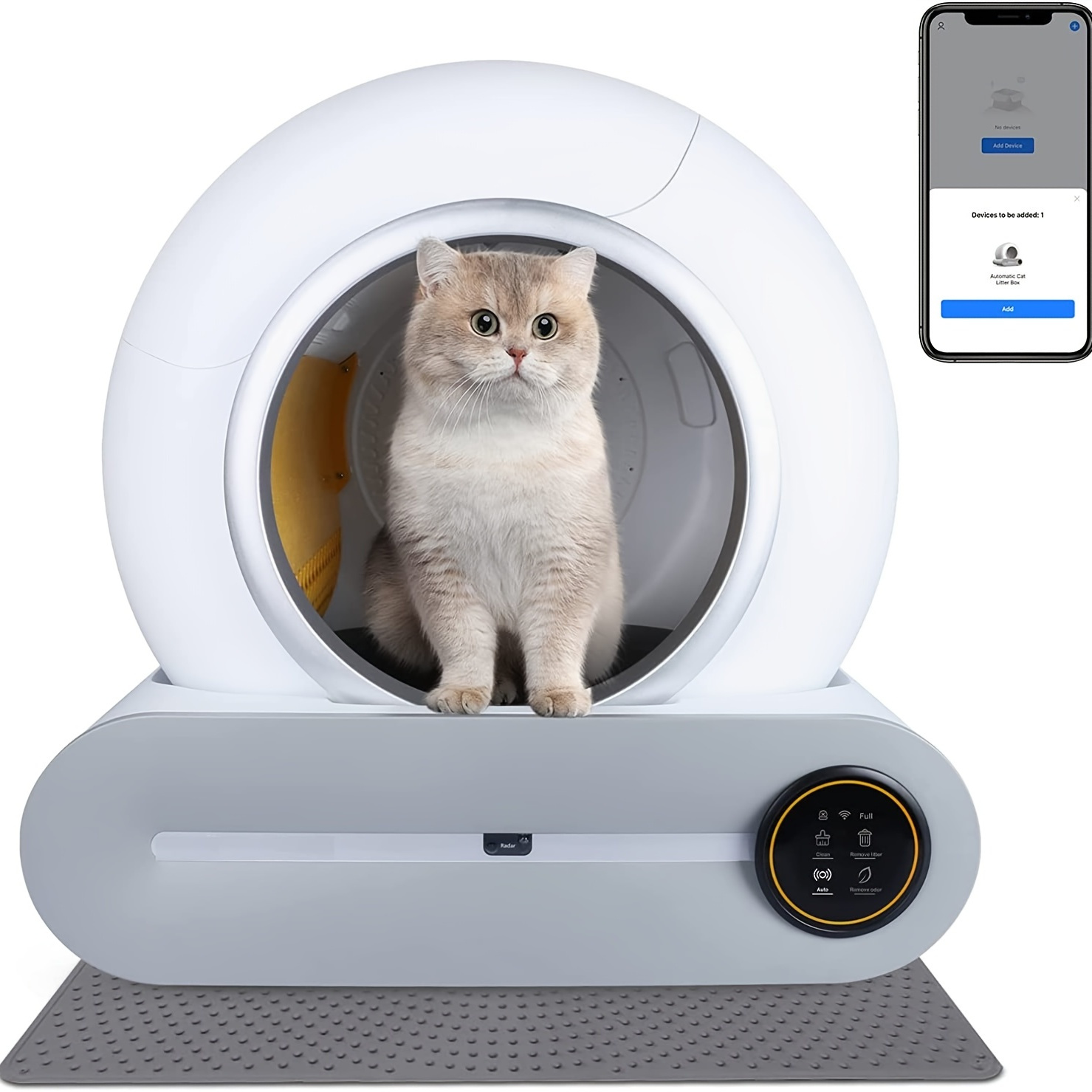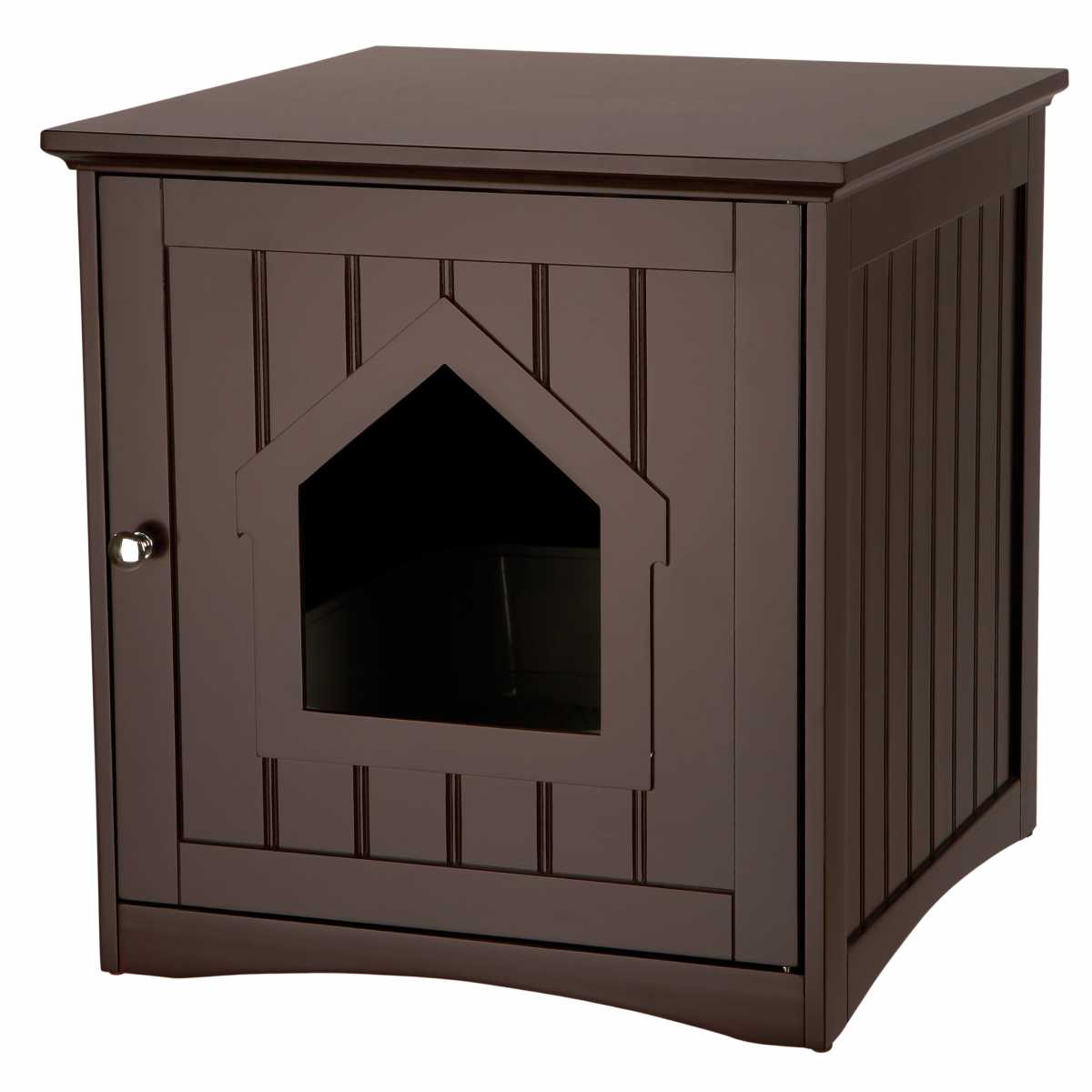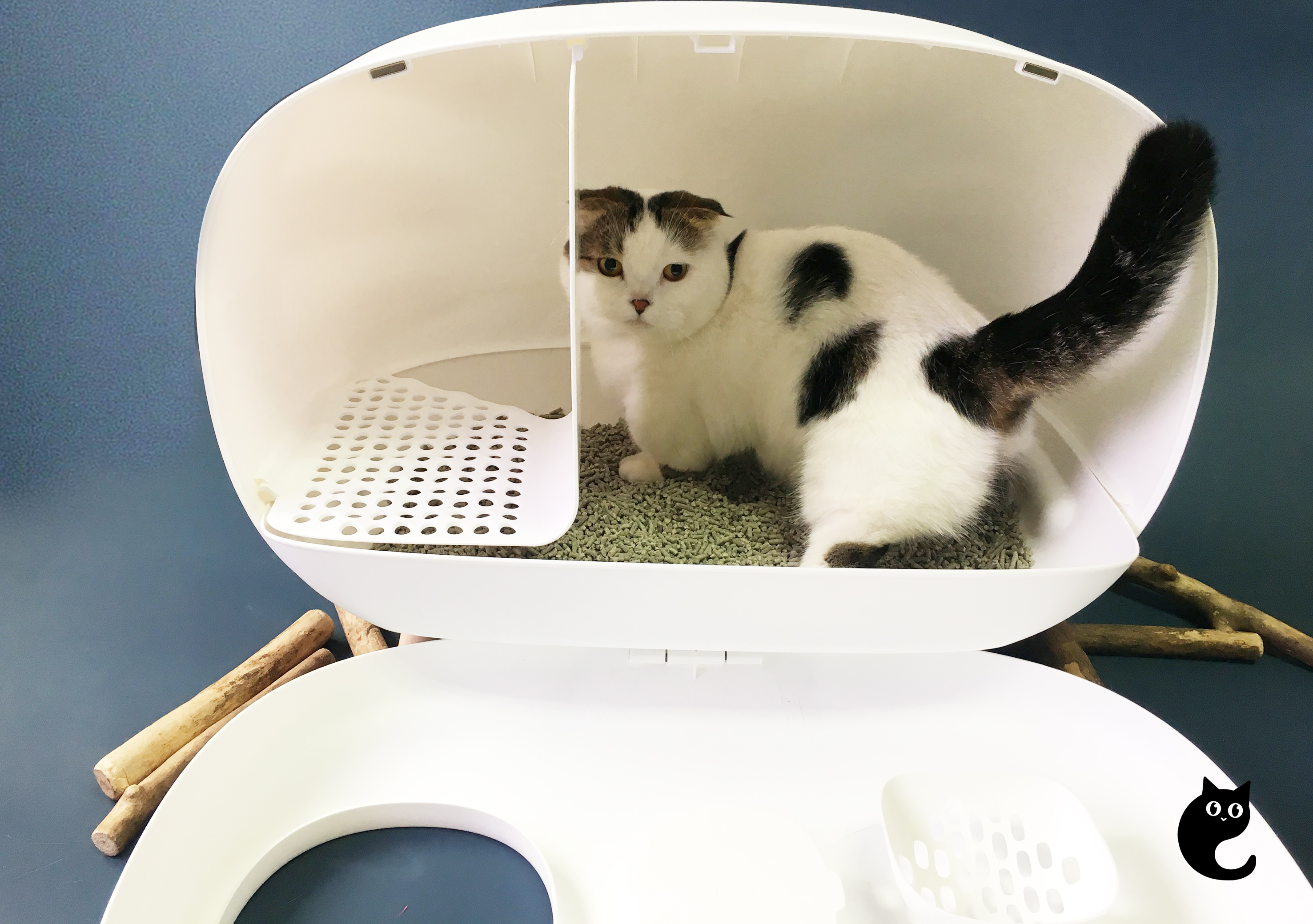Cat Litter Box: The Ultimate Guide To Choosing And Maintaining Your Cat's Essential
Caring for your cat means providing them with the best environment possible, and one of the most crucial aspects of their living space is the cat litter box. A well-maintained litter box ensures your feline friend remains healthy, happy, and stress-free. In this guide, we’ll explore everything you need to know about cat litter boxes, from types and maintenance tips to troubleshooting common issues.
When it comes to cat ownership, understanding the importance of a litter box is essential. It’s not just about convenience—it’s about your cat’s hygiene and overall well-being. A poorly maintained or improperly chosen litter box can lead to behavioral problems, including litter avoidance or marking behaviors.
This comprehensive guide dives deep into the world of cat litter boxes, offering expert advice, practical tips, and actionable insights. Whether you’re a seasoned cat parent or a first-time owner, this article has everything you need to ensure your cat’s litter box setup is perfect.
Read also:Discover The Best Of Hdhubcom Your Ultimate Guide To Entertainment
Table of Contents
- Types of Cat Litter Boxes
- Best Placement for a Cat Litter Box
- Cat Litter Box Maintenance Tips
- Different Types of Cat Litter
- Choosing the Right Size for Your Cat Litter Box
- Troubleshooting Common Litter Box Issues
- The Importance of Litter Box Hygiene
- Managing Litter Boxes for Multi-Cat Households
- Cost Considerations for Cat Litter Boxes
- Frequently Asked Questions About Cat Litter Boxes
Types of Cat Litter Boxes
Selecting the right cat litter box is the first step in ensuring your cat’s comfort. There are several types of litter boxes available, each designed to meet specific needs. Below are the most common types:
Traditional Litter Box
A traditional litter box is the most basic type, often rectangular in shape and open at the top. These are affordable and easy to clean, making them a popular choice for many cat owners.
Self-Cleaning Litter Box
For those looking for convenience, self-cleaning litter boxes offer an automated solution. These boxes use sensors and mechanisms to remove waste, reducing the need for manual cleaning.
Top-Entry Litter Box
Top-entry litter boxes are designed with a lid, requiring cats to climb into the box from the top. This type is ideal for multi-cat households, as it provides privacy and reduces the chance of litter being scattered.
When choosing a litter box, consider your cat’s size, age, and preferences. Kittens and senior cats may require a box with lower sides for easier access.
Best Placement for a Cat Litter Box
Proper placement of the litter box is crucial for encouraging your cat to use it consistently. Cats prefer privacy and quiet, so avoid placing the box in high-traffic areas or near their food and water bowls.
Read also:Kaluka Maiva A Comprehensive Guide To The Rising Star In The Entertainment Industry
- Choose a quiet, low-traffic area in your home.
- Avoid placing the litter box near noisy appliances like washing machines or dishwashers.
- Ensure the box is easily accessible but not in plain sight.
For multi-cat households, consider having one litter box per cat, plus an additional box, and placing them in different areas of the house.
Cat Litter Box Maintenance Tips
Regular maintenance of the litter box is vital for your cat’s health and happiness. A dirty litter box can lead to behavioral issues, such as litter avoidance or marking behavior. Follow these tips to keep the litter box clean:
Empty and Replace Litter Regularly
It’s recommended to scoop the litter box at least once a day and completely change the litter every week. This ensures a clean and hygienic environment for your cat.
Wash the Litter Box
Periodically wash the litter box with mild soap and water to remove any lingering odors. Avoid using strong-smelling cleaning products, as these can deter your cat from using the box.
Use High-Quality Litter
Invest in high-quality litter that effectively controls odors and clumps well. This makes cleaning easier and keeps the litter box fresher for longer.
Different Types of Cat Litter
There are several types of cat litter available, each with its own benefits and drawbacks. Understanding the differences can help you choose the best option for your cat:
Clay Litter
Clay litter is one of the most common types, known for its excellent clumping ability and affordability. However, it can be dusty and heavy.
Silica Gel Litter
Silica gel litter is highly absorbent and effective at controlling odors. It’s also lightweight and produces less waste. However, it can be more expensive than other types.
Biodegradable Litter
For eco-conscious pet owners, biodegradable litter made from materials like corn, wheat, or pine is an excellent choice. These litters are environmentally friendly but may not clump as well as clay or silica gel litter.
Choosing the Right Size for Your Cat Litter Box
The size of the litter box is an important consideration, especially for growing kittens or large-breed cats. A litter box that’s too small can discourage your cat from using it properly.
As a general rule, the litter box should be 1.5 times the length of your cat from nose to tail. This allows your cat enough space to comfortably move around and dig.
Troubleshooting Common Litter Box Issues
Even with the best setup, litter box problems can arise. Here are some common issues and solutions:
Litter Avoidance
If your cat suddenly stops using the litter box, consider the following:
- Is the litter box clean?
- Is the litter type suitable for your cat?
- Is the box placed in a quiet, accessible location?
Marking Behavior
Marking behavior, such as spraying, can indicate stress or medical issues. Consult your veterinarian if this behavior persists, as it may require professional intervention.
The Importance of Litter Box Hygiene
Good hygiene practices are essential for maintaining a healthy living environment for your cat. A clean litter box reduces the risk of urinary tract infections and other health issues. Additionally, it promotes positive behavior and strengthens the bond between you and your pet.
Studies show that cats are highly sensitive to cleanliness, and a well-maintained litter box can significantly improve their quality of life. According to the American Veterinary Medical Association (AVMA), proper litter box care is a key component of responsible pet ownership.
Managing Litter Boxes for Multi-Cat Households
In households with multiple cats, managing litter boxes can be challenging. The general rule is to have one litter box per cat, plus an additional box. This reduces competition and ensures each cat has access to a clean, private space.
Place the litter boxes in different areas of the house to avoid territorial disputes. Regular cleaning is even more critical in multi-cat households to prevent the spread of bacteria and odors.
Cost Considerations for Cat Litter Boxes
While cost is an important factor, it’s crucial to balance affordability with quality. High-quality litter boxes and litter may have a higher upfront cost but can save money in the long run by reducing waste and minimizing health issues.
Self-cleaning litter boxes, for example, may have a higher initial cost but save time and effort in the long term. Consider your budget and lifestyle when making purchasing decisions.
Frequently Asked Questions About Cat Litter Boxes
How Often Should I Clean the Litter Box?
It’s recommended to scoop the litter box daily and completely change the litter weekly. Regular cleaning ensures a hygienic environment for your cat.
Can I Use Biodegradable Litter for All Cats?
While biodegradable litter is a great eco-friendly option, some cats may not take to it due to texture or scent differences. Always introduce new litter gradually to avoid distress.
What Should I Do if My Cat Stops Using the Litter Box?
First, check the cleanliness of the box and ensure the litter type is suitable. If the issue persists, consult your veterinarian to rule out any underlying medical conditions.
Conclusion
Caring for your cat’s litter box is an essential aspect of responsible pet ownership. By choosing the right type, maintaining it properly, and addressing any issues promptly, you can ensure your cat remains happy and healthy. Remember to prioritize hygiene, consider your cat’s preferences, and consult professionals if needed.
We encourage you to share your experiences and tips in the comments below. For more expert advice on cat care, explore our other articles and resources. Together, let’s create a better world for our feline friends!


